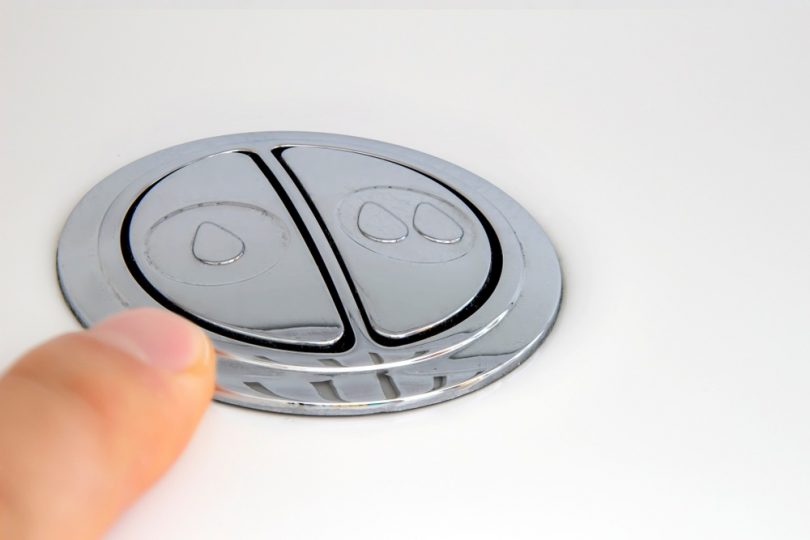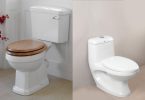More and more people are leaning towards making eco-friendly choices in their daily lives. As a result, the demand for low-flow AKA Water Efficiency Toilets is on the rise. However, how do these low flow toilets perform better than the traditional ones, and what makes them so different?
Here we will try to answer just that. We’ll focus on the differences that set low-flow toilets apart from their traditional counterparts and what benefits you’ll leverage once you install a low-flow toilet in your house.
Low Flow Toilet: Pros and Cons
| Pros | Cons |
| 1. Requires less water | 1. Higher installation costs |
| 2. Lower water bills | 2. Pipes can clog |
| 3. Requires low maintenance | |
| 4. Environment-friendly | |
| 5. Saves space |
Regular Toilet: Pros and Cons
| Pros | Cons |
| 1. Clogs pipes rarely | 1. Higher water bills |
| 2.Lower costs of installation | 2. Lower cost installation |
| 3. Lower priced | 3. Not environment friendly |
| 4. Takes up space |
Low Flow Toilets vs Regular Toilets
1. Bowl
In terms of low flow toilets, the outlet is found adjacent to the bowl center. On the other hand, for regular toilets, the outlet is located at the rear end. This means it requires less water to push the waste into the exit direction.
2. Water Line
Low flow toilets result in more water near the bowl’s front compared to regular flow toilets. Waste is much easily transported into the outlet due to this as most of the bowl’s base is sinked under the water.
3. Toilet Tank
Regular flow toilets come with a smaller flush valve relative to low flush toilets.
4. Flushing System
Far less water is used by low flow toilets than the regular ones to remove waste. To carry out a powerful flushing, some of the low flow toilets might feature an additional hole for water supply located near the bowl’s outlet.
5. Water Consumption
Low-flow toilets use only 1.6gpf of water on average compared to the regular 3.5 to 7 gpf. They’re even designed with dual flushes. One for removing liquid wastes and the other for the solids.
6. Installation
Like most advanced technology, and efficient home fixtures, low flow toilets are costlier to install than regular toilets. On average, they come for about $510
7. Clogging
Since low flow toilets use less water to drive away the waste from the toilet bowls, they are more likely to clog the pipes. Flushing the toilet frequently could also be a required practice. This is still more efficient than traditional toilets because even if you need to flush more than once, it typically won’t be more than two flushes. We would still be behind traditional toilets by about four gallons.
Water Consumed by Toilets Per Flush
| Toilet Types | Consumption by Toilets (Gallons/ Flush) | Average Flushes/ Day | Gallons Used Per Person/ Year |
| Old | 3.5 | 5 | 6,388 |
| Regular | 1.6 | 5 | 2,920 |
| Efficient | 1.28 | 5 | 2,336 |
FAQs
Q. 1: Do low flow toilets clog more easily?
Ans. Yes. Since little water is used to drive the wastes through the drains, your pipes may clog over time. But there’s nothing to worry since frequent flushing (usually twice) helps keep away the clogging problem.
Q. 2: Are low flow and high-efficiency toilets same?
Ans. Yes, low flow toilets (also known as high efficiency toilets) use considerably less water than a regular full flush toilet. They use up about 1.1 to 1.3 gallons only per flush, compared to the 1.6 gallons or more of regular toilets.
Q. 3: What makes a toilet low-flow?
Ans. According to the EPA, a toilet will be considered low flow only when it uses maximum 1.6 gal of water per flush. However, many low flow toilets are now available that require even lesser amount of water; i.e., 1.28 gal per flush.
Q. 4: How to increase the flushing power of my low-flow toilet?
Ans. Here’s an instructional video you should check out:








Leave a Comment